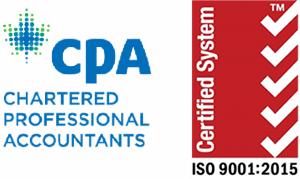You’ve done the hard work of winning a new customer, but it’s what you do in the next 90 days that determines if it’ll stick around.
The first 90 days of any new relationship are critical:
• A president has about three months to inspire the electorate and gain the political capital he needs to govern.
• A young team prospect has but a few months to impress his coach before being sent down to the minors.
• A new CEO has 90 days to learn her job before the rank and file start expecting tangible leadership.
The Onboarding Window: The First 90 Days
For a young company, the first 90 days of a customer relationship are equally important. Research into the subscription business model shows that getting a customer to effectively start using your product in the first 90 days leads to an increase in lifetime value of up to 300 percent for some companies.
Take a look at marketing software provider Constant Contact, which used to struggle with the first 90 days of a new customer relationship. In the old days, Constant Contact took a “who, what, when” approach to onboarding new customers. Who stood for who a customer wanted to send an email campaign to; what stood for what the customer wanted to send; and when described the timing of the campaign. After users signed up for its service, Constant Contact would ask customers to upload their email database (the who in the three-step onboarding process). This required the new user to upload a customer list–which is the trickiest part of the onboarding experience. It required the customer to leave Constant Contact’s site and struggle with how to export a contact list–often from a jury-rigged database kept in Excel or Outlook. The process was awkward, and many new customers stopped using Constant Contact because they hit a barrier before they had a chance to fall in love with the Constant Contact software.
What, Who, When
Wanting to stem new customer churn, Constant Contact changed its on boarding to focus first on the what. Immediately after signing up, new users were encouraged to create their first email campaign. Suddenly customers were seeing their campaign come to life in front of their eyes. Constant Contact offered customers a library of stock images that looked more beautiful than anything a business owner had used in the past. Customers could see firsthand how professional their company was going to look. Only after the customer had completed the what stage and earned the emotional reward of seeing its first campaign come to life, did Constant Contact switch to the who part of creating a campaign. The difference was, by this point, Constant Contact had enough relationship equity with the customer to get it over the hump of uploading its database.
This minor reordering of the onboarding flow led to a dramatic reduction in customer churn–which is the death knell of any subscription business.







